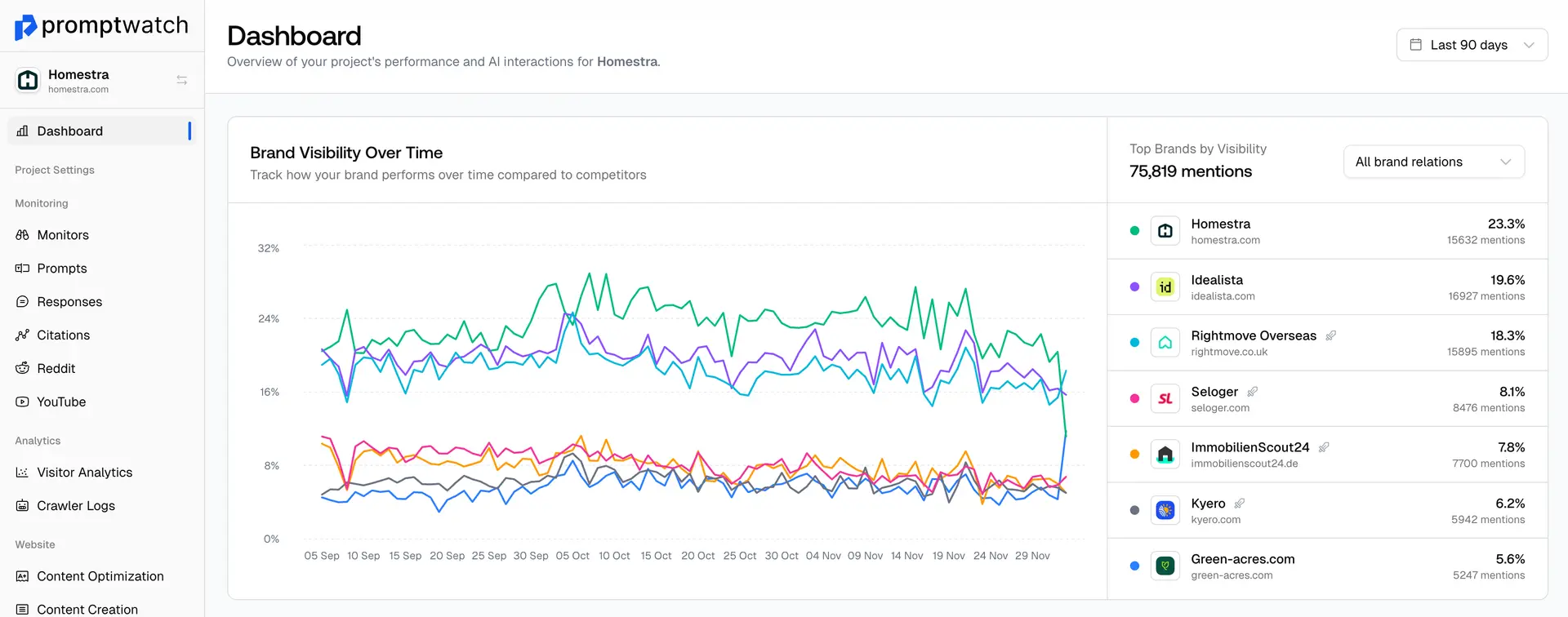Definition
A Context Window is the maximum amount of text (measured in tokens) that an AI language model can process and remember during a single conversation or interaction. This limitation determines how much previous conversation history, document content, or input information the AI can consider when generating responses.
Context windows vary significantly between different AI models: older models like GPT-3.5 had context windows of around 4,000 tokens, while newer models like Claude-3 and GPT-4 Turbo can handle up to 200,000 tokens or more. The context window includes both the input text and the AI's previous responses in the conversation.
When the context limit is reached, the AI either truncates older content or implements sliding window techniques to maintain recent context. For content creators and GEO strategies, understanding context windows is important because it affects how AI systems process long-form content, maintain conversation coherence, and reference information throughout extended interactions.
Longer context windows allow AI systems to better understand comprehensive content, maintain consistency across lengthy documents, and provide more accurate responses about complex topics. To optimize for AI systems with various context window sizes, consider creating content in modular sections, using clear headings and structure, providing comprehensive information within reasonable lengths, and ensuring key information appears early in content.
Examples of Context Window
- Claude-3 processing an entire research paper (up to 200,000 tokens) to answer specific questions about the methodology
- GPT-4 maintaining context across a long customer service conversation without forgetting earlier details
- An AI system truncating the beginning of a conversation when the context window limit is reached
